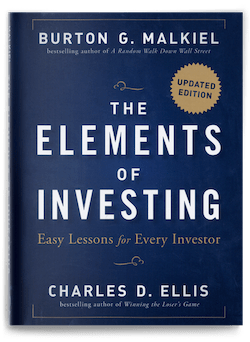Indexing
We have believed for many years that investors will be much better off bowing to the wisdom of the market and investing in low-cost, broad-based index funds, which simply buy and hold all the stocks in the market as a whole. As more and more evidence accumulates, we have become more convinced than ever of the effectiveness of index funds. Over 10-year periods, broad stock market index funds have regularly outperformed two-thirds or more of the actively managed mutual funds.
This simple investment strategy – indexing – has
outperformed all but a handful of the thousands of
equity and bond funds that are sold to the public.
And the amount by which index funds trounce the typical mutual fund manager is staggeringly large. The following table compares the performance of active managers of broadly diversified mutual funds with the Standard & Poor’s (S&P) 500 stock index of the largest corporations in the United States. Each decade about three-quarters of the active managers must hang their heads in shame for being beaten by the popular stock market index.
Percentage of Actively Managed Mutual Funds Outperformed by the S&P 500 Index
(Periods through June 30, 2012)
-
- 1 Year
- 3 Years
- 5 Years
- 10 Years
- 20 Years
-
- 93%
- 83%
- 81%
- 77%
- 73%
Sources: Lipper and The Vanguard Group.
The superiority of indexing as an investment strategy is further demonstrated by comparing the percentage returns earned by the typical actively managed mutual fund with a mutual fund that simply invests in all 500 stocks included in the S&P 500 stock index. The following table shows that the index fund beats the average active fund by more than a full percentage point per year, year after year.




